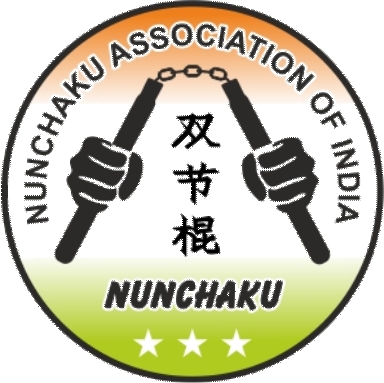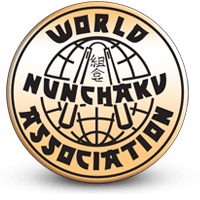Nunchaku: A Complete Guide to the Dual-Section Stick
Nunchaku, often referred to as “dual-section stick,” “nunchucks,” or “chainsticks,” is a traditional weapon in East Asian martial arts, widely recognized for its unique design and effectiveness in combat and training. This guide provides comprehensive information about nunchaku, including its structure, history, and uses in martial arts.
Structure of Nunchaku
A nunchaku typically consists of two sticks, usually around 30 cm (12 inches) in length, connected by a short chain or rope approximately 1 inch long. While traditional nunchaku are made from wood, modern variations include materials such as metal, plastic, or fiberglass. For beginners and non-combat training, polystyrene foam or plastic versions are commonly used.
Nunchaku in Martial Arts
Nunchaku is a significant tool in martial arts disciplines like Southern Chinese Kung Fu, Okinawan Kobudo, and Karate. This weapon is not only used for combat but also to develop hand speed, reflexes, and posture. Practitioners of nunchaku are known as nunchakuka in Japanese. It is important to note that the possession of nunchaku is restricted or prohibited in several countries, with exceptions for professional martial arts schools.
Origins of Nunchaku
The origins of nunchaku are traced back to ancient China. The Northern Song dynasty military text, Wujing Zongyao, mentions a similar weapon: “iron chain-linked sticks,” used in combat by the Xirong people. There are theories suggesting the nunchaku was influenced by Southeast Asian tools, like the Philippine tabak-toyok used for threshing. Other theories propose origins as an Okinawan horse bit (muge) or a clapper (hyoshiki) used by night watchmen.
Components of a Nunchaku
- Ana: The hole at the top of each handle for the rope (himo) to pass through.
- Himo: The rope connecting the two handles.
- Kusari: The chain connecting the two handles.
- Kontoh: The top section of each handle.
- Jukon-bu: The upper area of the handle.
- Chukon-bu: The middle section of the handle.
- Kikon-bu: The lower area of the handle.
- Kontei: The bottom of the handle.
Construction and Types
Nunchaku can vary in construction. The classic design features two wooden sections connected by a cord or chain, although there are variations with additional sections. The Chinese martial arts community refers to the striking stick as the “dragon stick” and the handle as the “yang stick.”
Different types of nunchaku are used for training and combat:
- Rounded nunchaku: Heavier and used for training.
- Octagonal nunchaku: Designed for combat, with edges for increased striking power.
The balance and weight of a nunchaku are crucial, especially for advanced techniques. Traditionally, nunchaku are crafted from durable hardwoods like oak, ensuring optimal control during use.
Nunchaku Styles in Martial Arts
Nunchaku is used across various martial arts disciplines, each with unique techniques:
- Okinawan Kobudō and Karate: Focus on gripping and locking techniques.
- Filipino Eskrima: Emphasizes striking, akin to stick fighting.
- Korean Hapkido: Integrates offensive and defensive techniques, including locks and strikes.
- Sembkalah (Iranian Monolingual Combat Style): Utilizes nunchaku for lethal defense and attack.
Freestyle Nunchaku
Freestyle Nunchaku has emerged as a modern, performance-oriented discipline, emphasizing visual appeal over combat effectiveness. With the rise of the internet, freestyle nunchaku has gained popularity, leading to international competitions recognized by the World Nunchaku Association. This modern adaptation highlights the nunchaku’s versatility beyond traditional martial arts.
Nunchaku Legality Around the World
Nunchaku is subject to legal restrictions in various countries:
- Norway, Canada, Russia, Poland, Chile, Spain: Banned due to their association with martial arts.
- Germany: Banned in 2006 as a strangling weapon.
- United Kingdom: Public possession is restricted, with some exceptions.
- Hong Kong: Licensed rubber nunchaku are allowed, while metal or wooden ones are prohibited.
- Australia: Regulations vary by state; New South Wales requires a permit.
- United States: While many states lifted bans, Massachusetts continues to classify nunchaku as dangerous weapons, with exceptions for martial arts schools.
Law Enforcement Use of Nunchaku
In the 1970s, several American police departments adopted nunchaku as a non-lethal tool for controlling suspects, inspired by the weapon’s depiction in Bruce Lee films. However, due to injuries and the rise of alternatives like Tasers, their use has diminished.


